Upstate Employers Network recent featured Wyche Environmental Attorney Rita Barker as a guest blogger. The featured article can be found below.
Under the Clean Air Act, the United States Environmental Protection Agency (EPA) establishes and reviews National Ambient Air Quality Standards, known as NAAQS. NAAQS are nationwide air quality goals designed to protect public health and the environment. For various air pollutants, including carbon monoxide, lead, nitrogen dioxide, particulate matter, ozone and sulfur dioxide, EPA is charged with setting standards to protect public health and welfare. EPA has announced a proposal to strengthen the NAAQS for ground-level ozone, the primary ingredient in smog. Ozone can create health problems for individuals with lung disease such as asthma and harm sensitive vegetation and ecosystems.
What are the current and proposed ozone NAAQS?
The current ground ozone standards are .075 parts per million (ppm). The EPA is considering reducing the ozone standards to between .065 and .070 ppm and is also seeking feedback concerning a further reduction to .060 ppm.
What are the consequences for failing to meet NAAQS?
Areas that do not satisfy the NAAQS are deemed in “nonattainment,” which makes it difficult to obtain permits needed to construct new facilities and expand existing ones, as well as funds for highway projects. This can be a deterrent for businesses considering locating or expanding in a nonattainment area, resulting in impaired economic development. By way of example, after receiving nonattainment status, Birmingham, Alabama lost an estimated $5 billion investment in its economy after 15 manufacturing businesses altered their plans to locate or expand there.
Will the Upstate be able to satisfy the proposed ozone NAAQS?
A more stringent standard could create significant attainment challenges for the Upstate. Air monitoring results from the nine air-quality monitoring stations across the region reveal that, while the Upstate is in compliance with current ozone standards, if the standard is lowered to .065 ppm, measurements at at least three of the stations are likely to exceed the standard. If the standard is lowered to .060 ppm, measurements at eight of the stations are likely to exceed the standard.
What’s next?
EPA has been directed to issue a final rule by October 1, 2015.
Business leaders may consider promoting actions that improve overall air quality, like encouraging less driving, no idling and maintaining adequate tire pressure, assessing facilities’ emissions levels, and improving the efficiency of fleet vehicles.
Click here to see the feature on the Upstate Employers Network blog.






